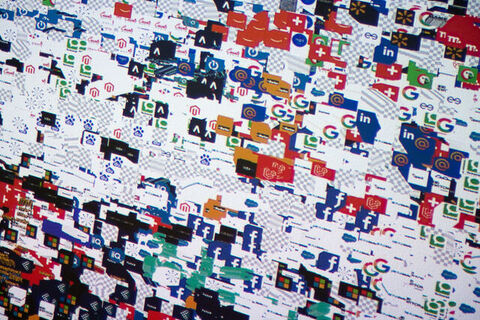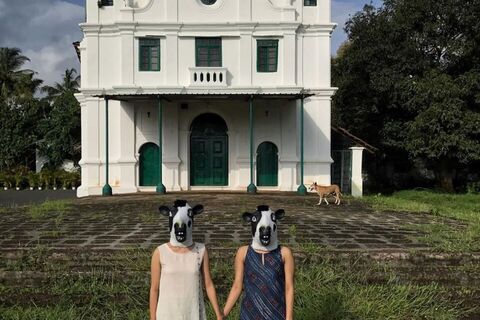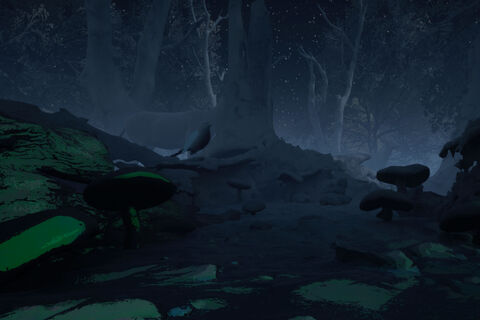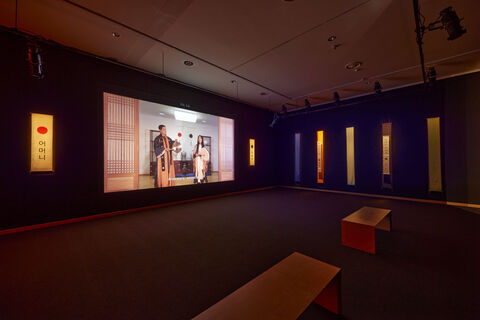- Exhibition
- Awards
- Library
- Speech
- edition KHM
- Festival / Award ceremony
- FG exMedia
- FG Film und TV
- FG Kunst
- FG Kunst- und Medienwissenschaften
- Movie screening
- Glasmoog Books
- Glasmoog - Raum für Kunst und Diskurs
- KHM Journal
- Concert
- Cooperation
- LAB Jahrbuch
- LECTURE Reihe
- Teachers elsewhere
- literature
- off topic
- News articles
- Publications
- Job offers
- Study
- TV broadcast
- Event
- all
Thomas HawrankePlayer-designed Narratives: In-game Movie-making as Artistic Research Practice
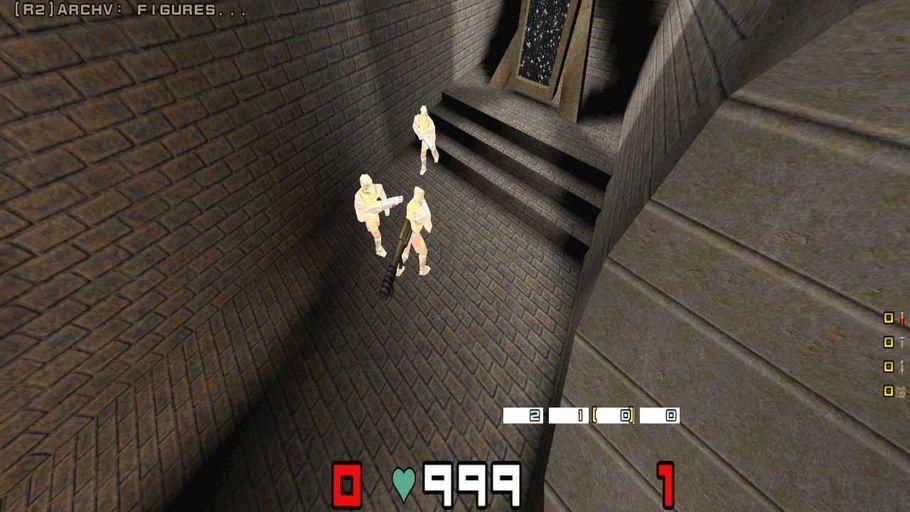
Lucerne University of Applied Sciences and Arts
Luzern
With the emerge of Let`s Plays, Funtages, Speedruns and other forms of transformative plays, the urge of the players arose to bring their own narratives into the videogame space. The gaming industry answered to these demands with the integration of a variety of tools for recording, editing and composing audiovisual material – first as part of Game Engine Technology and later as integral part of the game itself. In 1996’s Diary of a Camper by United Ranger Films the ability to record your actions and later play them back within the game was inscribed into the demo-file format. The format was shared via the internet and by loading it into the running game the prerecorded actions took place in the privacy of one’s own screen. Nowadays and within a magic circle that is spread out to forums, chats, and other web presences, narration also takes place in-between gamespace and webspace and as part of a flourishing participatory practice. Players designing their own stories, creating their own events as groups and thereby forcing the game industry to make these events become reality. The possibilities of creating your own/groups narratives where never that easy.
This presentation will focus on two aspects of telling stories within video game space: (1) the development and integration of tools for enabling storytelling, such as timeline editor, modifications for acting etc. and (2) the creation of shared experiences in a networked online community. Both aspects will show the player’s power and urge to tell stories. In a second part, I will argue that besides developing fictional narrations, the action of making movies in video game space can also be used as a vehicle for researching the video game complex: As part of an artistic research strategy, where the linearity of film supports the investigation of non-linear game worlds. In doing so, one can find well-embedded standardization-processes of race/class/gender, otherwise cloaked by atmospheres and other immersive effects. As examples, I will show excerpts of my own artistic research practice as an in-game movie maker.
- Exhibition
- Awards
- Library
- Speech
- edition KHM
- Festival / Award ceremony
- FG exMedia
- FG Film und TV
- FG Kunst
- FG Kunst- und Medienwissenschaften
- Movie screening
- Glasmoog Books
- Glasmoog - Raum für Kunst und Diskurs
- KHM Journal
- Concert
- Cooperation
- LAB Jahrbuch
- LECTURE Reihe
- Teachers elsewhere
- literature
- off topic
- News articles
- Publications
- Job offers
- Study
- TV broadcast
- Event
- all



